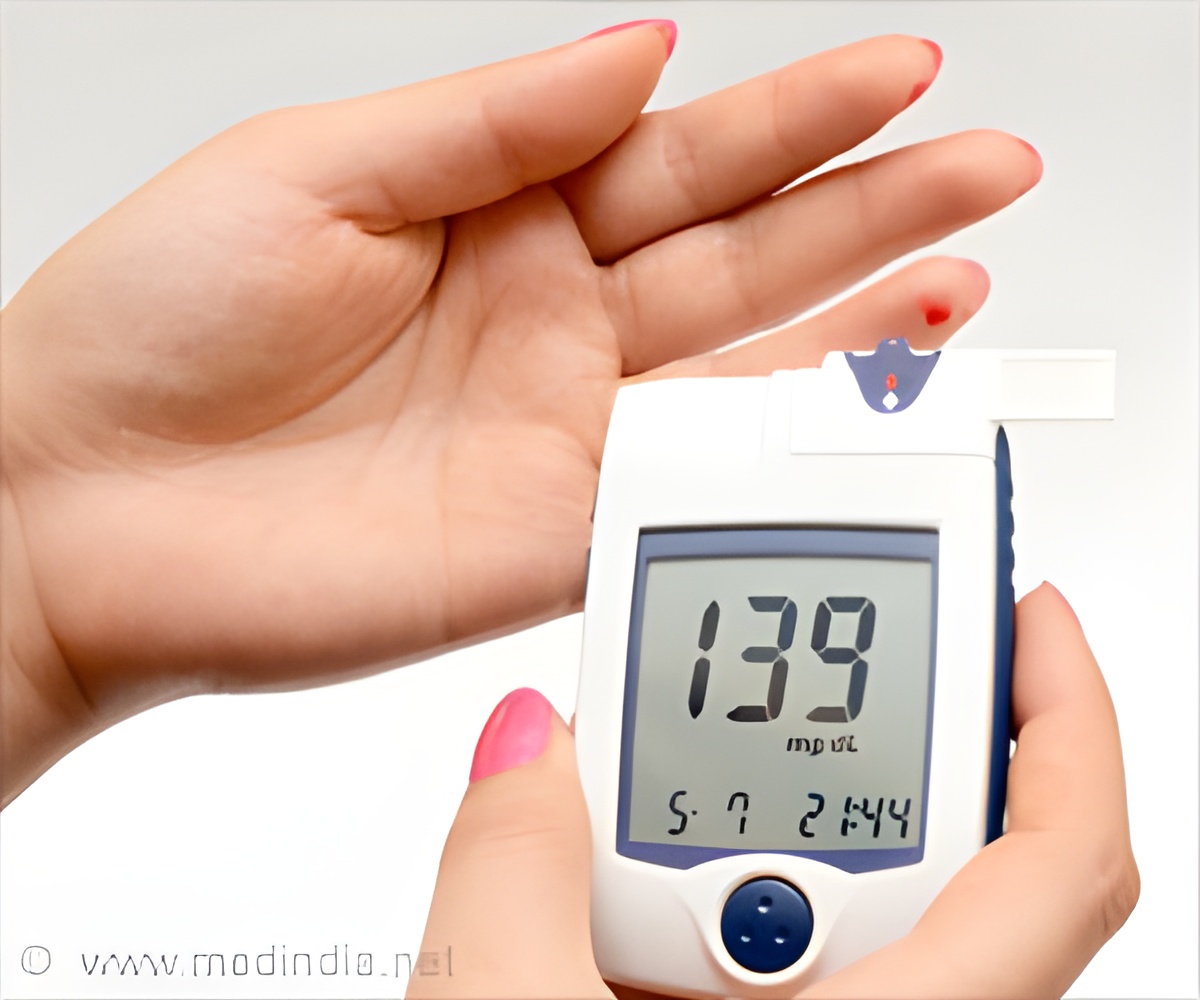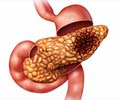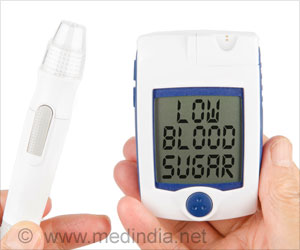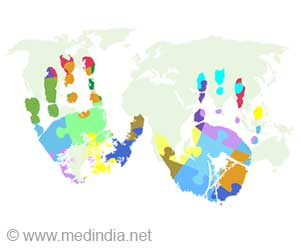A wearable heart beat monitor helps in early detection of hypoglycemia in type 1 diabetes patients. Hypoglycemia if untreated leads to seizures, loss of consciousness or even death

- Hypoglycemia in type 1 diabetes patients can be detected using a wearable heart beat monitor.
- Low blood sugar (hypoglycemia) is a common condition in children and adults with type 1 diabetes.
- The biosensor detects the change in heart beat rate at the beginning of hypoglycemia
"This delay can compromise the accuracy of measuring low glucose values," said the study’s principal investigator, Marleen Olde Bekkink, M.D., Ph.D., an endocrinology fellow at Radboud University Medical Center in Nijmegen, Netherlands.
Previous studies have shown that hypoglycemia speeds up the heart rate and leads to heart beat variation. Scientists wanted to detect hypoglycemia using a biosensor that measures the heart rate using single-lead electrocardiogram (ECG). The heartbeat of about 27 men and women with type 1 diabetes and hypoglycemia were measured using the biosensor. The participants wore the biosensor along with a glucose meter for five days. In a diary, they recorded any low blood sugar level (below 70 milligrams per deciliter) using fingerstick measurement.
The biosensor transmitted the heart rate data to mobile Apple device, either an iPhone or iPod. The researchers used an algorithm to determine the various parameters of heart beat variability. A primary analysis was conducted on 39 hypoglycemic events that occurred in 10 participants.
According to Olde Bekkink , in 28 of low blood sugar events the algorithm detected variation in heart beat at the beginning of hypoglycemia. She also indicated that these changes occur due to increased activity of sympathetic nervous system and suppressed activity of the parasympathetic nervous system.
"Timely detection of impending hypoglycemia is critical to avoid severe, potentially life-threatening hypoglycemia," Olde Bekkink said. "Our proof-of-principle study found that measuring heart rate variability using a wearable device in an outpatient setting seems promising for alerting to upcoming hypoglycemia."
About Type 1 Diabetes
Type 1 diabetes is a chronic condition in which the pancreas produces very little or no insulin. It is also known as insulin-dependent diabetes mellitus (IDDM). The most common symptoms of Type 1 diabetes are frequent urination, increased thirst, blurred vision, weight loss and weakness. Some of the complications related to diabetes are nerve damage, kidney damage, pregnancy complications and heart disease. The condition can be diagnosed by doing different blood tests like, Fasting plasma glucose (FPG) test, A1C test and Random plasma glucose (RPG) test.















